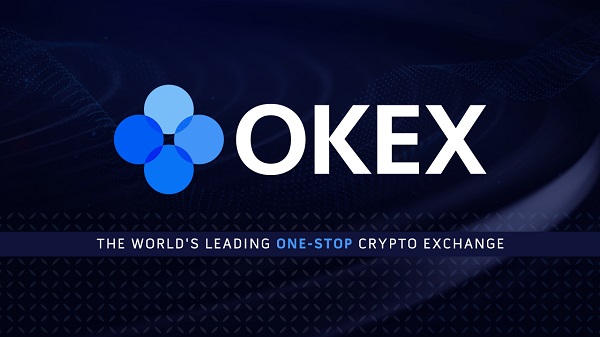
Ted Hisokawa
Aug 22, 2024 09:31
ETFs are pivotal in merging traditional finance with Web3, offering regulated access to blockchain investments. Learn how ETFs are driving mainstream Web3 adoption.
As blockchain technology continues to gain traction, Exchange-Traded Funds (ETFs) have emerged as a significant financial instrument, capturing the attention of both traditional finance and the Web3 ecosystem. According to Gala News, ETFs are poised to play a crucial role in driving mainstream adoption of blockchain and Web3 technologies.
The Appeal of ETFs
ETFs have gained popularity in traditional finance due to their ability to offer exposure to a diverse range of assets without the need to purchase each asset individually. For instance, an ETF tracking the S&P 500 allows investors to gain exposure to the top 500 U.S. companies with a single purchase. This convenience, combined with generally lower fees compared to mutual funds, makes ETFs attractive to both novice and seasoned investors.
ETFs and the Web3 Ecosystem: A Perfect Match?
Bridging Traditional Finance and Blockchain
The connection between ETFs and crypto is becoming increasingly significant. As blockchain-based assets gain traction, ETFs that track these assets allow traditional investors to gain exposure to the blockchain space without directly buying or managing cryptocurrencies. ETFs provide a ‘shallow end’ for those curious about blockchain but wary of its volatility and technical complexity.
Why ETFs Could Accelerate Web3 Adoption
Accessibility: ETFs offer a familiar and regulated investment vehicle for traditional investors to explore blockchain. This ease of access is crucial for onboarding new users into the Web3 space, where unfamiliarity has been a significant barrier.
Institutional Interest: The approval and adoption of blockchain-based ETFs by regulatory bodies signal growing institutional acceptance of blockchain. As large financial institutions enter the space through ETFs, legitimacy is lent to the entire Web3 ecosystem, encouraging more conservative investors to participate.
Market Stability: By providing a diversified and regulated way to invest in blockchain technology, ETFs can help stabilize the market. This can reduce the extreme volatility often associated with cryptocurrencies, making the Web3 space more attractive to the general public. As more traditional money flows into these markets, they generally become more difficult for whales to manipulate.
The Road Ahead: ETFs as Catalysts for Mass Adoption
Looking back, 2024 could be remembered as the ‘year of the ETF,’ similar to how 2018 was known for ICOs and 2021 for NFTs. ETFs represent a bridge between traditional finance and Web3, and such bridges are crucial for mass adoption. By offering a regulated, accessible, and relatively low-risk entry point into blockchain, ETFs are likely to play a pivotal role in bringing blockchain technology into the mainstream.
The first Bitcoin ETFs were approved by the US Securities and Exchange Commission (SEC) in early 2024, with a total of 11 BTC ETFs approved, opening the floodgates. By mid-July, Ethereum-containing ETFs were also approved for market trading. ‘We’ve now fully entered the ETF era of crypto. Investors can now access more than 70% of the liquid crypto asset market through low-cost ETPs,’ said Matt Hougan, Chief Investment Officer at Bitwise.
As we continue to develop the GalaChain ecosystem, we recognize the importance of such instruments in shaping the future of Web3. By staying informed and keeping up with the latest developments at the intersection of centralized and decentralized finance, individuals can empower themselves in the Web3 world.
The intersection of ETFs and blockchain is a powerful indicator of how traditional finance and emerging technologies are beginning to converge. As we look to the future, ETFs could very well be the key that unlocks widespread adoption of Web3 technologies. At Gala, we are excited to be part of this journey and are committed to leading the charge in integrating these financial innovations into our ecosystem.
Image source: Shutterstock





Be the first to comment